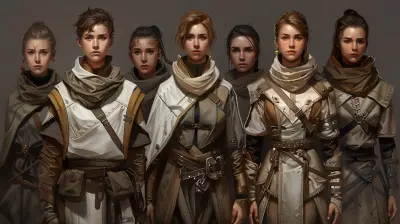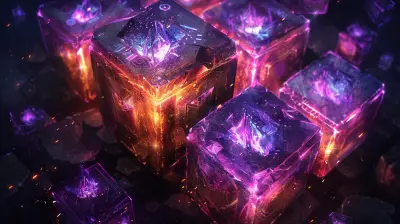Dynamic Environments: How Sandbox Games Create Ever-Changing Worlds
3 October 2025
Have you ever gotten lost in a game world so immersive, so alive, that it feels like it's got a pulse of its own? That’s the magic of sandbox games. These open-ended experiences are designed to let you do your own thing, but what’s really fascinating is how they craft dynamic environments—worlds that feel alive, unpredictable, and constantly changing. It’s as if the game you’re playing has decided, "Hey, I’m going to keep you on your toes."
In this article, we're diving headfirst into how sandbox games create these ever-changing worlds. Whether you’re a casual gamer or a hardcore enthusiast, there’s something undeniably intriguing about these dynamic playgrounds, right? Let’s break it all down!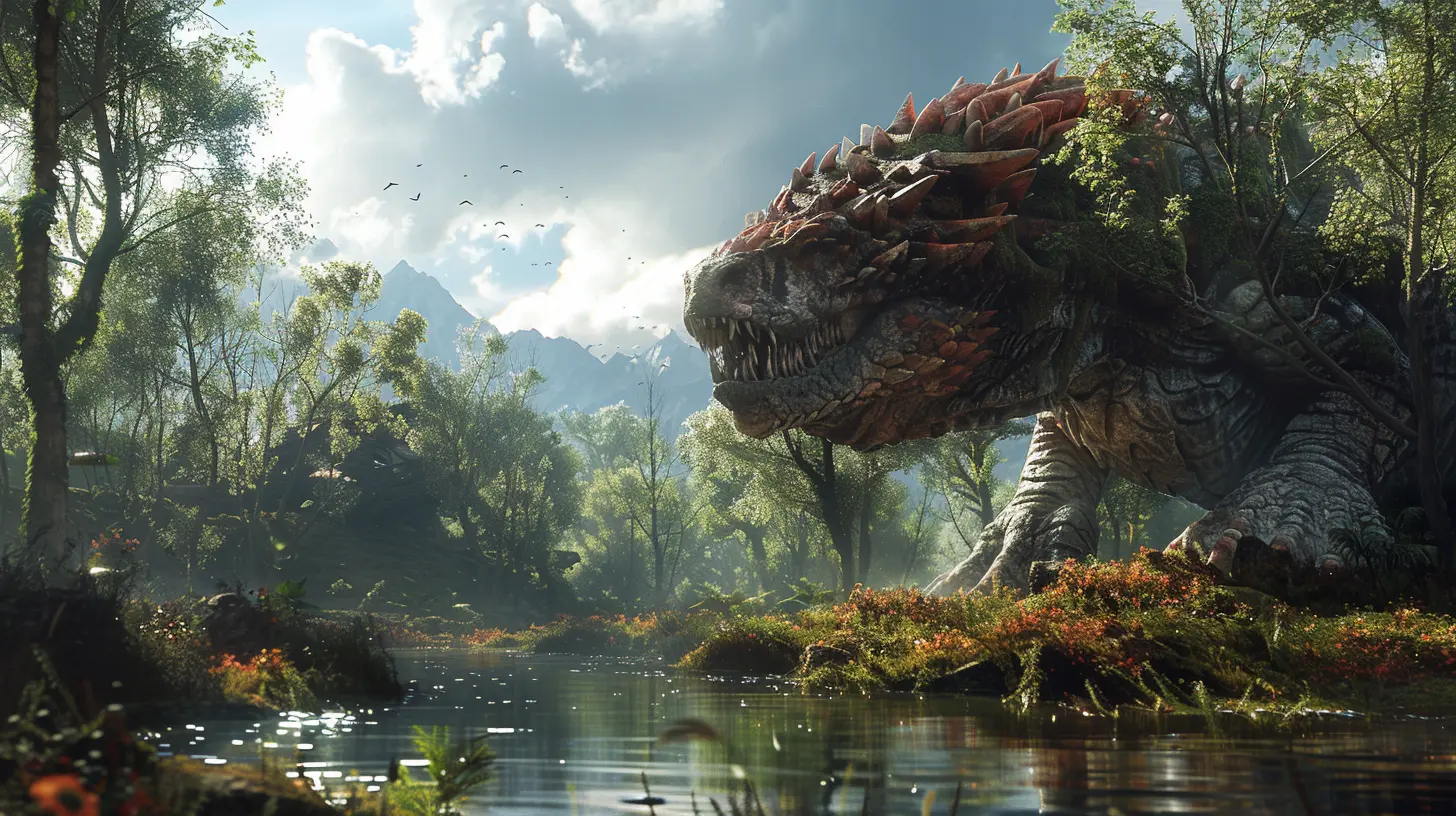
What Exactly Is a Sandbox Game?
Okay, first things first. A sandbox game is a type of game that gives players an open-world environment to explore and interact with, often with few set rules or linear objectives. Think of it like a playground where you're not just playing the games, you’re also making the rules. Minecraft, Grand Theft Auto V, and No Man’s Sky are some examples that probably come to mind.But sandbox games aren’t just about freedom—they’re about creating worlds that feel reactive and alive. They’re designed to make you feel like your actions actually leave a mark. And a big part of that magic comes from their dynamic environments.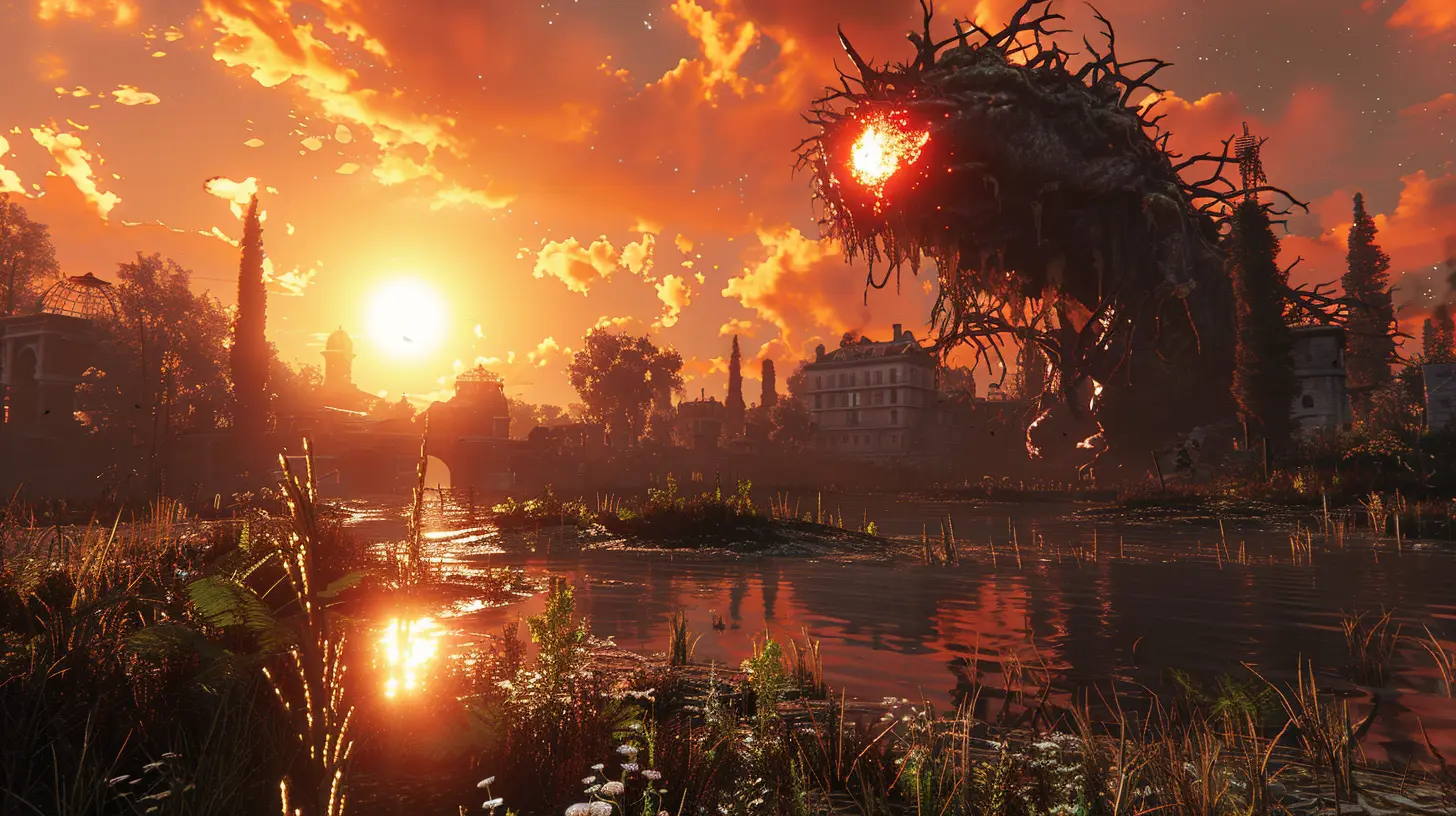
The Core Ingredient: Procedural Generation
Let’s get nerdy for a second. Ever wonder how some games have worlds so massive, it feels impossible for developers to have handcrafted every single detail? That’s procedural generation working its wonders. It’s like the game is rolling dice to randomly generate terrains, dungeons, and even entire planets on the fly.Take Minecraft, for example. Every time you start a new world, it’s like the game just shuffled its deck and dealt you a completely unique sandbox. Mountains, caves, forests—they’re all procedurally generated, meaning no two players will have the same experience. This randomness makes every exploration feel fresh and exciting.
But it doesn’t stop there. Procedural systems go beyond just generating a map. They’re responsible for dynamic weather, resource placement, and even creating random events that make these worlds feel, for lack of a better word, alive.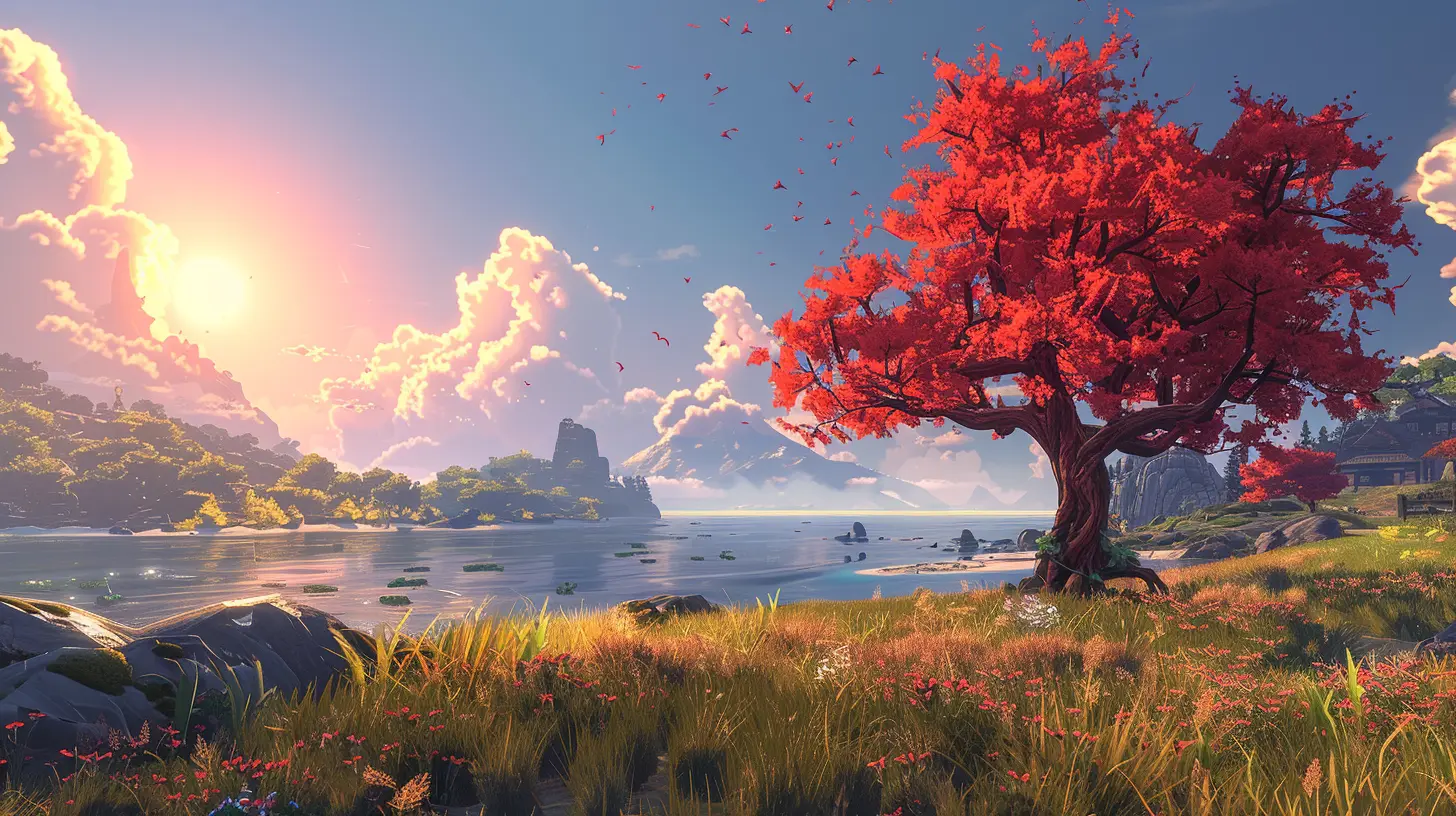
Weather That’s More Than Just Aesthetic
Speaking of weather, let’s talk about how sandbox games use environmental systems to their full potential. Have you noticed how in some games, the weather isn’t just a visual effect—it actually changes the way you play?Take The Legend of Zelda: Breath of the Wild, for instance. When it rains, climbing becomes slippery. A lightning storm? Better unequip your metal shield unless you want to become a human lightning rod. These weather systems don’t just look good—they actively make you rethink your strategy and adapt to the world around you.
Dynamic weather is a subtle but powerful way games make us feel like we’re not just playing in an open world—we’re surviving in it.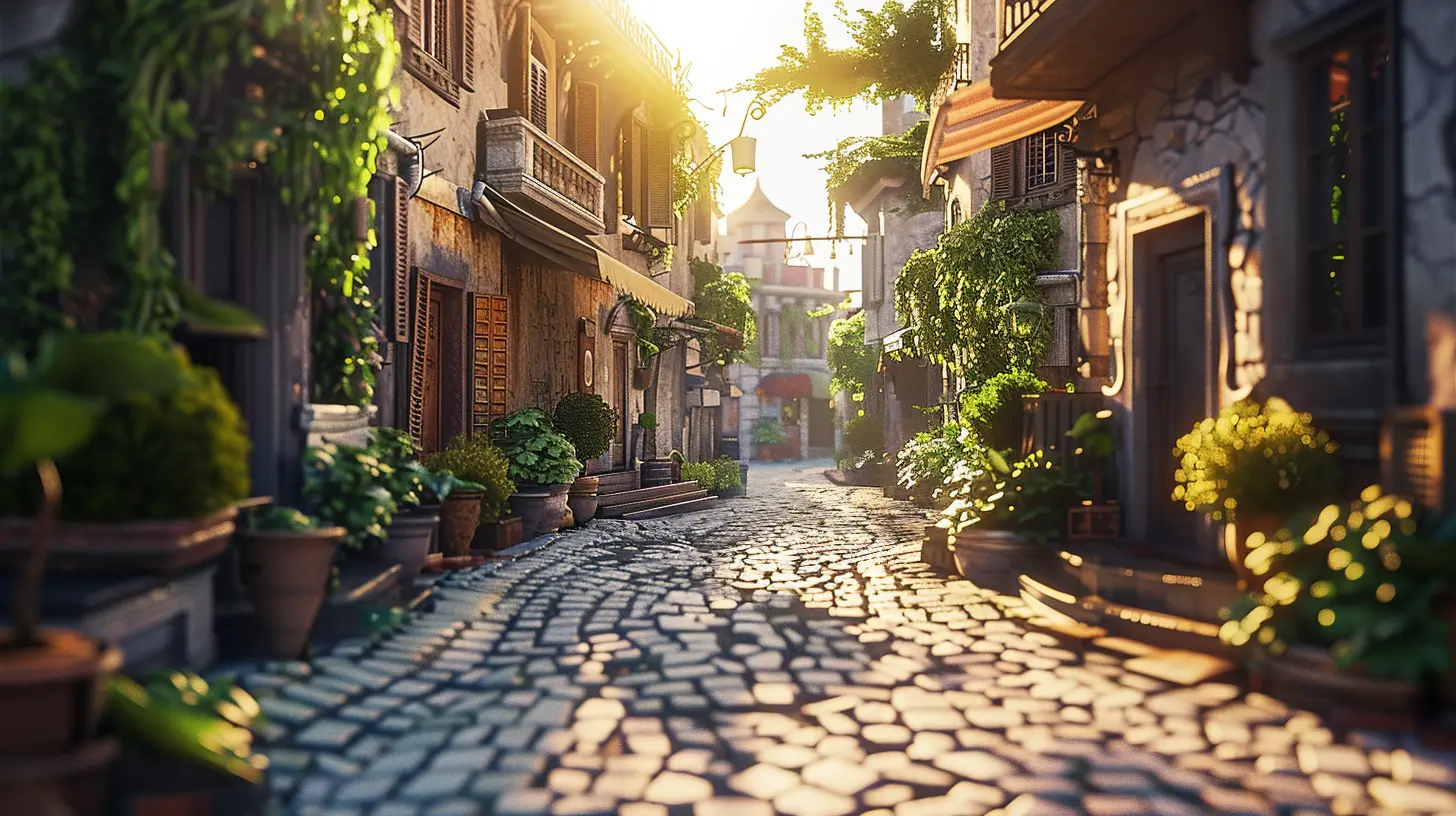
NPCs and AI: Bringing Life (and Chaos) to the World
Ever had an NPC in a game surprise you? Maybe you were walking through the streets of Los Santos in GTA V, and an NPC made an offhand comment that cracked you up. Or in Red Dead Redemption 2, an NPC got offended because you bumped into them and challenged you to a duel. Moments like these are a testament to how AI-driven NPCs can make a world feel alive.In sandbox games, NPCs don’t just exist—they react. They have schedules, habits, and personalities. You could spend hours just people-watching in games like GTA V or The Elder Scrolls V: Skyrim, and it would never get old. And when NPCs start interacting with the environment on their own—farming, fighting, or even just minding their business—it makes the world feel weirdly… real.
Events That Keep You Guessing
Ever had something completely unexpected happen in a sandbox game? Like, you’re just minding your own business, and suddenly a dragon swoops down, or a random event kicks off, pulling you into a wild adventure?Games like Skyrim and Red Dead Redemption 2 thrive on these unscripted moments. They toss in random encounters that feel as if the universe is whispering, "Surprise!" Maybe you stumble upon a stranded traveler in need of help, or a wandering merchant has the rarest item you’ve been searching for. These events keep the gameplay fresh and give you stories to tell your friends.
It’s like life—you never really know what’s going to happen next, and that unpredictability? It’s addictive.
Player Impact: Leave Your Mark on the World
What’s cooler than a sandbox world that feels alive? One that remembers you were there. Some sandbox games let you leave a tangible mark on the environment. In Minecraft, you can literally reshape the landblock by block. In Terraria, you craft your world from scratch and build sprawling structures that are entirely your own.And it’s not just about building. Games like No Man's Sky or Subnautica let you change ecosystems by harvesting resources or introducing new elements. It’s like being the architect of your own tiny universe. The cool part? Your actions can ripple outwards, changing the world in ways you didn’t predict.
Social Mechanics: Worlds Shaped by Communities
Now, let’s talk multiplayer. Sandbox games like Rust, ARK: Survival Evolved, or even EVE Online take dynamic environments to the next level by introducing other players into the mix. In these games, it’s not just you versus the environment—it’s you versus everyone else.In multiplayer sandboxes, every player's actions ripple across the entire game world. Maybe someone builds a fortress that dominates the map or starts a war that throws the whole server into chaos. The unpredictability skyrockets when players get involved because, let’s be real, people are wildcards.
It’s like throwing a party where everyone brings their own agenda—you never know what’s going to happen, but it’s going to be entertaining either way.
Why Dynamic Environments Keep Gamers Hooked
So, why do we love these ever-changing worlds so much? It’s simple—they keep us engaged. Static games can get boring after a while, but when a game world evolves, reacts, and surprises you, it feels like an endless adventure. You’re not just playing a game; you’re stepping into a living, breathing ecosystem.And let’s not forget the emotional connection. When a game world feels alive, we care about it. We invest hours, build memories, and create our own stories within it. That’s the true brilliance of a sandbox game with a dynamic world—it’s not just a game. It’s an experience.
The Future of Dynamic Sandbox Worlds
Looking ahead, it’s exciting to think about where sandbox games are headed. With advancements in AI, procedural generation, and player-driven systems, the possibilities are endless. Imagine a game where the world doesn’t just react to you—it learns from you. Or a game where entire factions evolve based on player decisions.The future of dynamic environments isn’t just about making bigger worlds—it’s about making smarter worlds. And honestly? We can’t wait to see what’s next.
Final Thoughts
Sandbox games have a unique charm, don’t they? They let us step into worlds where anything feels possible. But it’s the dynamic environments—the ever-changing weather, unpredictable NPCs, random events, and player impact—that truly elevate these games. They’re not just digital playgrounds; they’re evolving tapestries of possibilities, creativity, and surprises.So next time you dive into your favorite sandbox game, take a moment to appreciate the sheer amount of detail and thought that goes into making those worlds feel alive. It’s like stepping into a second reality—a place where the only limit is your imagination.
all images in this post were generated using AI tools
Category:
Sandbox GamesAuthor:

Pascal Jennings
Discussion
rate this article
1 comments
Capri McVeigh
Absolutely loved this article! The way sandbox games evolve and surprise players with dynamic environments is truly magical. Can't wait to dive into new adventures and explore endless possibilities! 🎮✨
October 13, 2025 at 4:38 AM

Pascal Jennings
Thank you! I'm glad you enjoyed the article and share the excitement about the evolving nature of sandbox games! Happy gaming! 🎮✨
